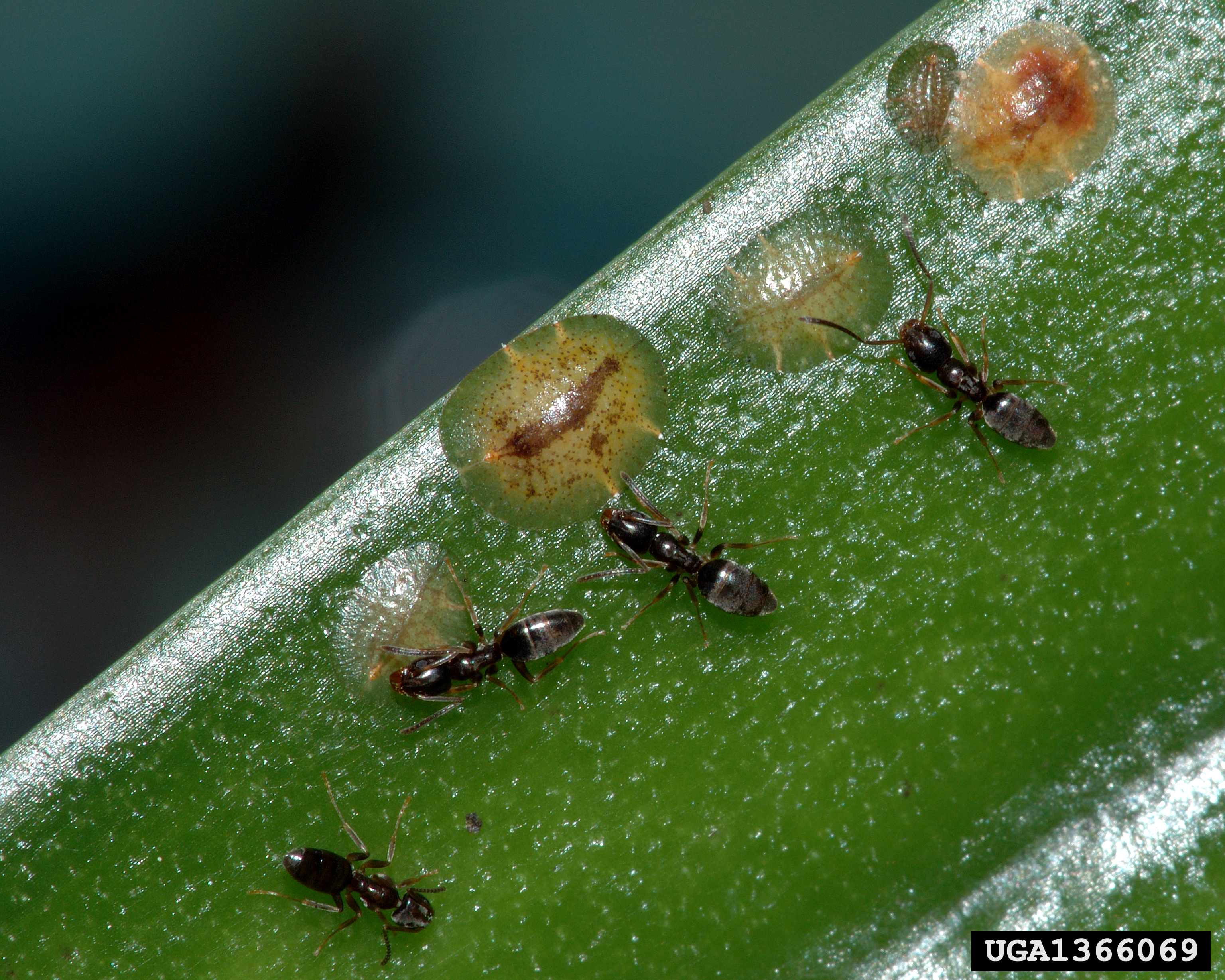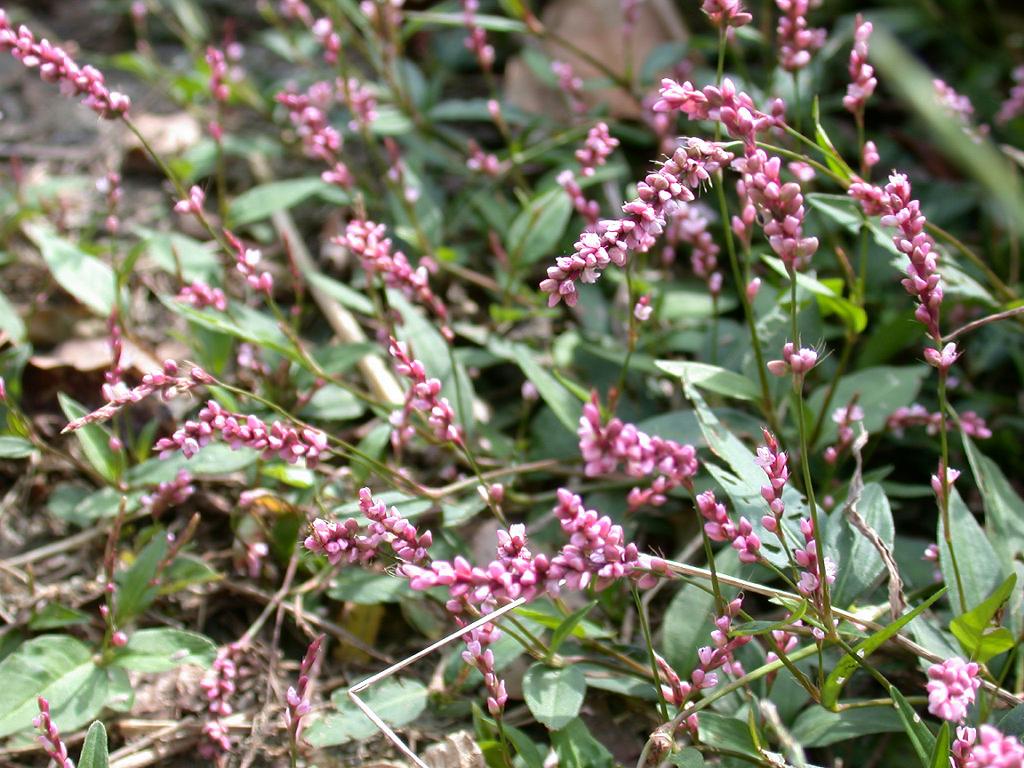Problems With Pink Weed, Tiny Ants?
go.ncsu.edu/readext?750192
en Español / em Português
El inglés es el idioma de control de esta página. En la medida en que haya algún conflicto entre la traducción al inglés y la traducción, el inglés prevalece.
Al hacer clic en el enlace de traducción se activa un servicio de traducción gratuito para convertir la página al español. Al igual que con cualquier traducción por Internet, la conversión no es sensible al contexto y puede que no traduzca el texto en su significado original. NC State Extension no garantiza la exactitud del texto traducido. Por favor, tenga en cuenta que algunas aplicaciones y/o servicios pueden no funcionar como se espera cuando se traducen.
Português
Inglês é o idioma de controle desta página. Na medida que haja algum conflito entre o texto original em Inglês e a tradução, o Inglês prevalece.
Ao clicar no link de tradução, um serviço gratuito de tradução será ativado para converter a página para o Português. Como em qualquer tradução pela internet, a conversão não é sensivel ao contexto e pode não ocorrer a tradução para o significado orginal. O serviço de Extensão da Carolina do Norte (NC State Extension) não garante a exatidão do texto traduzido. Por favor, observe que algumas funções ou serviços podem não funcionar como esperado após a tradução.
English
English is the controlling language of this page. To the extent there is any conflict between the English text and the translation, English controls.
Clicking on the translation link activates a free translation service to convert the page to Spanish. As with any Internet translation, the conversion is not context-sensitive and may not translate the text to its original meaning. NC State Extension does not guarantee the accuracy of the translated text. Please note that some applications and/or services may not function as expected when translated.
Collapse ▲This week I want to share three questions we received at the N.C. Cooperative Extension, Caldwell County Center. I hope you find these questions and their answers helpful.
Question: How do I control these little tiny ants? They are in my kitchen. My husband calls them piss ants.

When foraging outside odorous house ants collect honeydew, a sugary substance excreted from scale insects. (Credit: Susan Ellis, Bugwood)
Answer: Ants can be a real problem when they get into your home. Piss ants, also called odorous house ants, are the most common house-infesting ant species in North Carolina. I’m not exactly sure where the term piss ant developed, but their more official common name, odorous house ant, is related to the odor of these ants when crushed. The crushed ants smell like rotten coconuts. These ants are small, the forages are black, and they measure about 1⁄8-inch long.
Odorous house ant colonies contain about 100,000 workers and multiple queens. Odorous house ants can nest in many different places. Outdoors their nests can be found in mulch, in piles of logs, firewood, boards, and other debris. They may also nest beneath stones, sidewalks, patio blocks, and concrete slabs. Indoor nest sites can be wall voids, window frames, insulation in an attic, or crawlspace subflooring.
Odorous house ants are attracted to sugary foods. Often, an indoor infestation is discovered when ants have found a good food source such as an empty sweet tea glass on the counter.
When you have a problem with ants indoors, it’s best if the ant nest(s) can be found and destroyed. If the nest(s) cannot be found, baiting is an effective option; it just takes a little longer to get control.
Start by conducting a thorough inspection inside and out to determine areas of ant activity. Place bait in known and suspected foraging areas. Odorous house ants prefer sweets; therefore, for best results use a sugar-based bait such as Terro. Be sure to read and follow the instructions that come with the bait. Do not skip this step! If you can determine where ants are entering the home, treat those areas with an insecticide.
Question: What is this pink weed in my yard?

Oriental lady’s thumb is an invasive weed in the buckwheat family. (Credit: Keisotyo)
Answer: This pink weed is Oriental lady’s thumb, also called Asiatic smartweed. This invasive weed is a member of the buckwheat family. I first identified it in Caldwell County in 2001. However, in the last two years, I have seen a big increase in its prevalence. Oriental lady’s thumb can be found in places such as home lawns, landscape beds, fallow pastures, hayfields, roadsides, and woodland trails. This weed is an annual plant, so each spring it has to start again from seed.
As the name implies, this weed is from Asia. Like other smartweeds, Oriental lady’s thumb thrives in partial shade and moist conditions. In lawns and landscape beds, a pre-emergent herbicide will control it. Once this weed emerges in the spring, typical broadleaf herbicides will control it. This weed can be a problem later in the season because it will continue to germinate all summer long.
Question: Cattle prices are down. Is there any help?
Answer: There is a second Coronavirus Food Assistance Program, commonly called CFAP 2. This is a United States Department of Agriculture (USDA) program designed to assist farmers and maintain the food supply. Livestock are part of this program as well as commodity crops such as corn, wheat, and soybeans. Also included in this CFAP 2 program are specialty crops such as grapes and industrial hemp. All the details about this program are available on the CFAP website. To sign up for this program, contact the Morganton USDA-Farm Service Agency office at 828-439-9727.
If you have agricultural questions, visit us any time at our website or contact us during normal business hours at the N.C. Cooperative Extension, Caldwell County Center at 828-757-1290.




